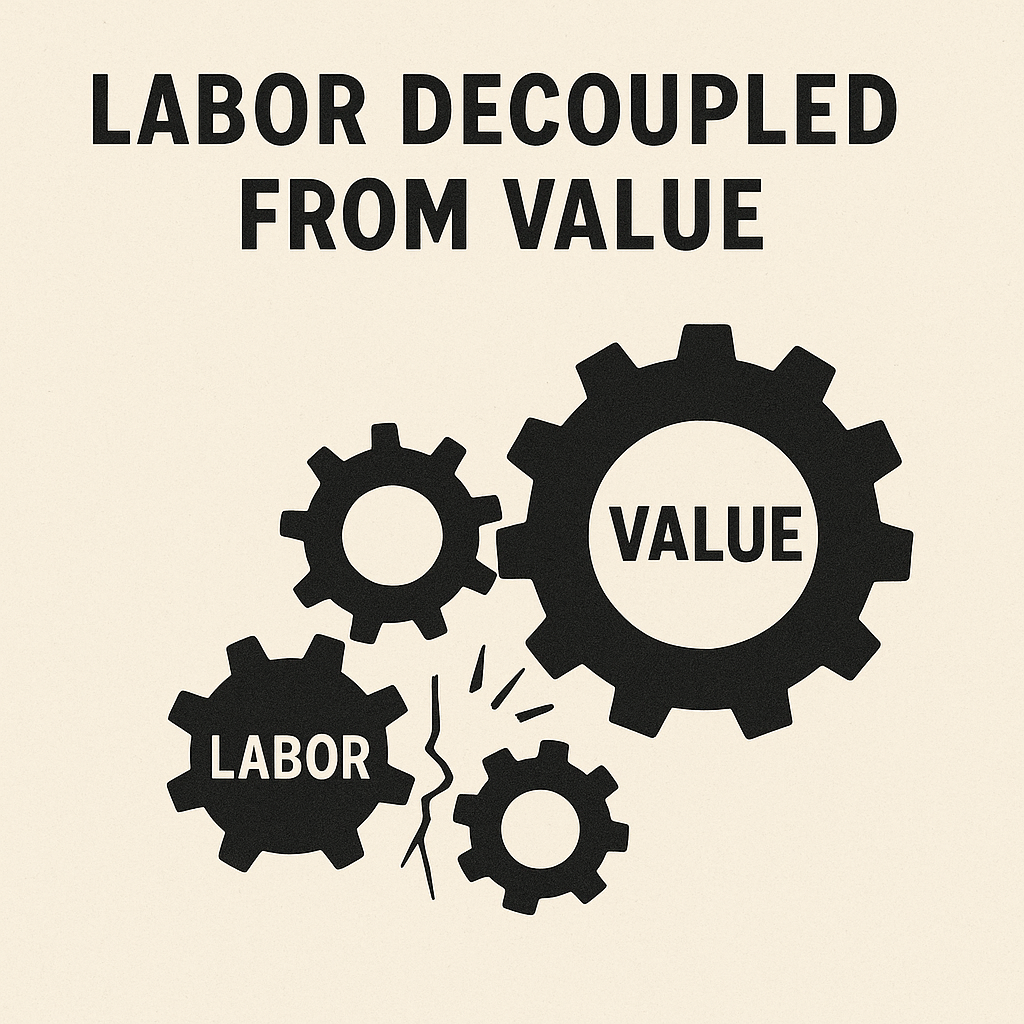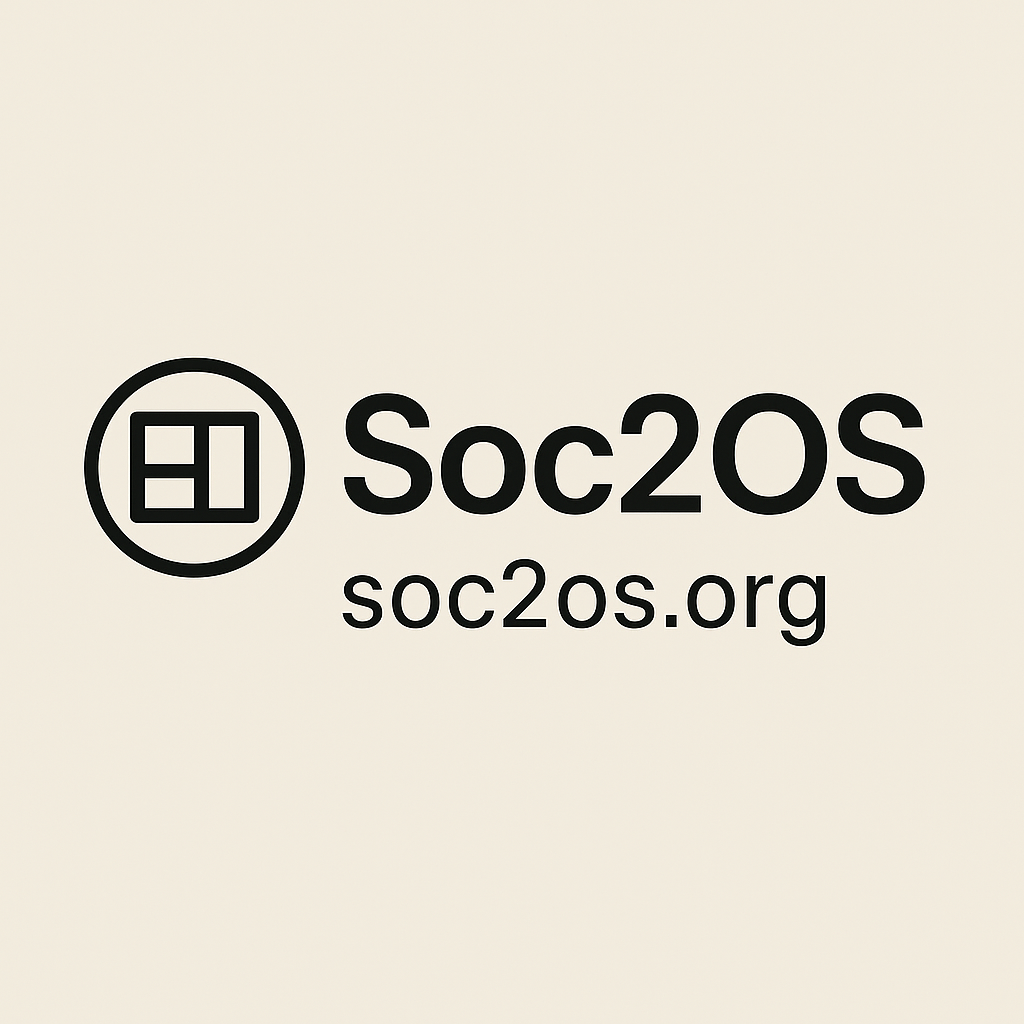
💼 Employment: Labor Decoupled from Value
The email hit inboxes at 7:02 a.m. By 9:00, twenty-three accountants in a downtown office tower were carrying boxes to the elevator. Overnight, the firm had licensed an AI system that could process tax filings for thousands of clients in minutes. What once demanded weeks of spreadsheet drudgery and billable hours was now compressed into an automated workflow.
There hadn’t been a scandal or a downturn. The company was thriving. But the humans were gone — not because of failure, but because of efficiency. For the workers filing out into the morning rush, it felt less like a layoff and more like erasure: the realization that their profession had been rewritten while they slept.
For centuries, economies ran on a simple equation: labor = value. Time and effort translated directly into wages, consumption, and growth. But that equation is breaking — and AI is only the latest accelerant.
- Financialization: As of 2022, the notional value of global derivatives exceeded $600 trillion, compared to global GDP of ~$100 trillion. Vast sums are created through speculation and leverage, detached from goods or services produced by human hands.
- Intellectual Property: A pop song produced in a week can generate billions over decades, while millions of hours in caregiving or subsistence farming register as near-zero in GDP. In 2021, the global market for patents and licensing topped $500 billion — value captured by ownership, not labor.
- Automation & Robotics: U.S. manufacturing output has roughly doubled since the 1980s, yet the sector shed nearly 7 million jobs. Agriculture followed the same trajectory: in 1900, 40% of the U.S. workforce farmed; today it’s under 2%, with yields multiplied many times over. Machines, fertilizers, and logistics displaced effort while amplifying output.
- Speculative Assets: Housing markets illustrate the gap between effort and value. Home prices in U.S. metros rose more than 120% between 2000 and 2022, while median wages grew less than 20%. Wealth was created not by labor but by owning the right asset in the right zip code.
- Digital Influence: Entire economies now revolve around attention. A teenager’s one-minute video can reach 50 million people and generate millions in ad revenue, while a nurse working twelve-hour shifts barely covers rent. The labor is grueling — the value flows elsewhere.
The pattern is undeniable: economic value no longer tracks hours worked, but flows instead to those who control assets, capital, data, and distribution. AI simply accelerates this divergence by automating not just physical labor, but also cognitive and creative work. Goldman Sachs estimates that 300 million jobs globally are vulnerable to AI substitution.
Then: Society 1.0 was built on labor → wages → consumption → growth.
Now: Employment is no longer the anchor of economic participation. Stable jobs vanish, precarity expands, and the premise that “work creates value” unravels.
This is both a danger — inequality intensifies as ownership concentrates — and an opportunity, if we design systems that ensure abundance is shared rather than hoarded.
Then: Society 1.0 built on labor → wages → consumption → growth.
Now: AI displaces not just physical labor (factories, warehouse), but cognitive and creative labor (law, journalism, design, medicine, coding).
Result: Employment ceases to be the anchor of economic participation. Stable jobs vanish; gig work and precarity expand.
Stat/data: 300M jobs at risk globally (Goldman Sachs, 2023); AI already writing contracts, diagnosing scans, composing media.
Previous: Why Society 1.0 Can’t Survive Automation

Leave a Reply